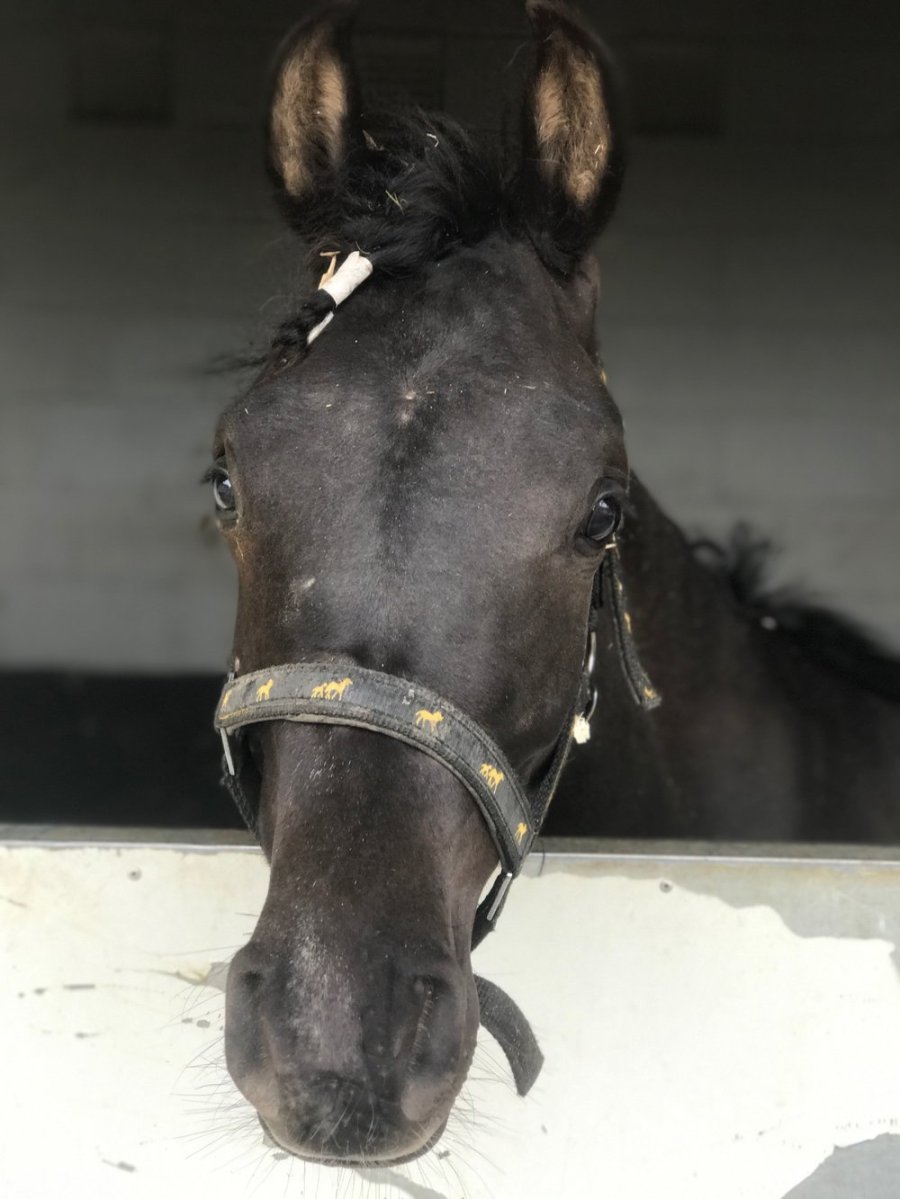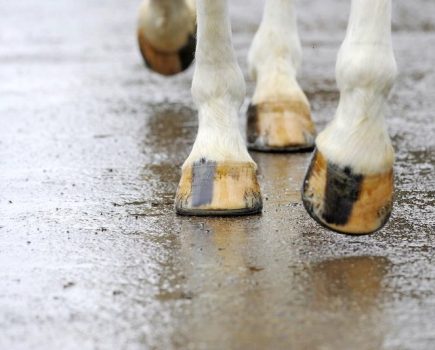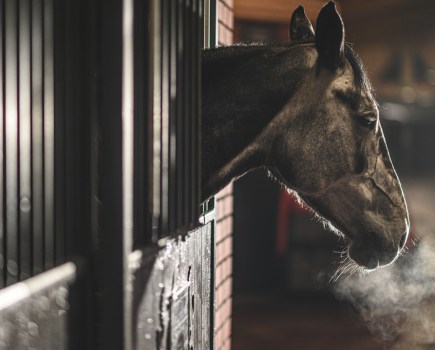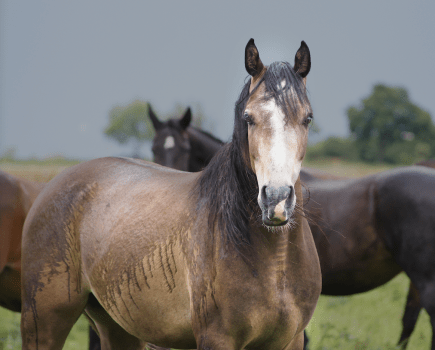Eye injuries in horses are something every owner dreads. Here to explain an unusual case she saw recently is Aoife Byrne from XLVets Equine.
In my job, I regularly get asked by colleagues to offer advice on ‘unusual’ eye cases.
This is due to two things – first, where I previously worked (before my current job in Norfolk) the practice was part of an equine eye clinic so I regularly got the invaluable opportunity to work alongside a specialist equine veterinary ophthalmologist called Tim – trying to gain as much knowledge as I could from his wealth of experience.
Secondly, due to being immersed in this area to a greater depth than what I was taught at university, I developed a previously unrealised interest and fascination of all things to do with equine eyes.
By seeing a wide range of cases I learnt some very useful diagnostic tips and trusted treatment protocols – helped enormously by Tim’s love of teaching.
With this in mind, one of my colleagues approached me a few weeks ago with a photo of a yearling Arab she’d seen the day before, called Dan.
Disastrous Dan
Dan had come in from the field as usual for the night, but his owner had noticed something wrong with his right eye.
It wasn’t showing classic signs of pain-like swelling, excessive tearing or eyelids closed, but instead there was an area on the cornea which the owner described as cloudy.
My colleague did the usual basic eye examination, diagnosed a trauma to the area and started Dan on topical anti-inflammatory eye drops.
She revisited Dan the next day as his owner reported that despite the medication the eye now looked very painful.
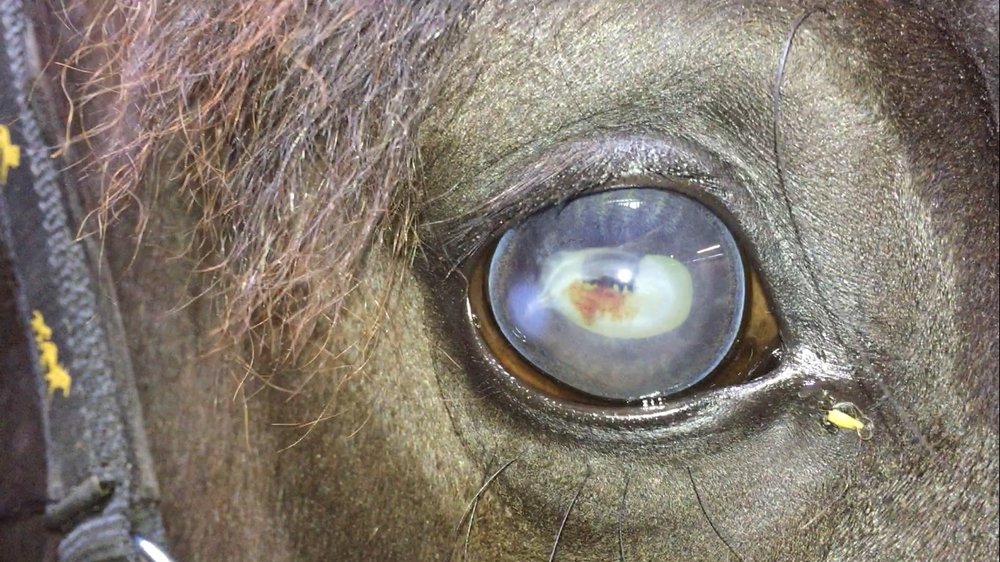 Some more photos were taken and it was at this point that I came in as my colleague asked for my advice on further diagnostics and appropriate treatment.
Some more photos were taken and it was at this point that I came in as my colleague asked for my advice on further diagnostics and appropriate treatment.
On magnification of the photos, it became apparent that the corneal oedema (cloudiness) was in fact secondary to something far more serious.
A penetrating foreign body – such as a thorn or splinter – had punctured through the outer surface of the eye all the way to the front chamber of the eye globe!
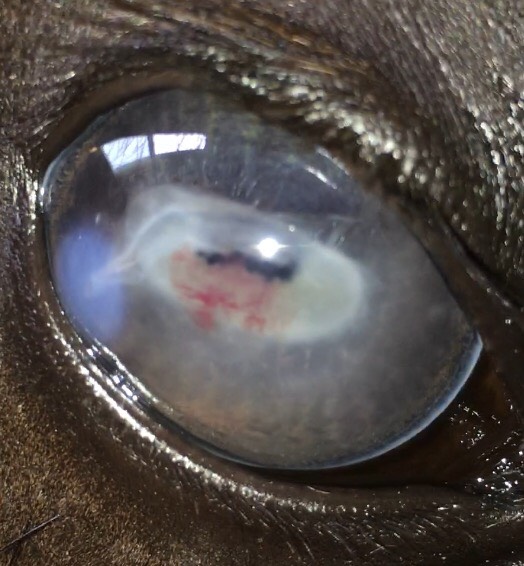 This injury had caused the eye to react in the only way it could – with inflammation and by inadvertently but thankfully creating a temporary ‘seal’, effectively plugging the offending hole with a clot-like material called fibrin.
This injury had caused the eye to react in the only way it could – with inflammation and by inadvertently but thankfully creating a temporary ‘seal’, effectively plugging the offending hole with a clot-like material called fibrin.
This was in fact the only thing stopping the eyeball fluid from leaking out, which would have resulted in a catastrophic globe rupture.
Calling in the experts
On realising this I immediately ‘phoned a friend’ – in this case my former colleague Tim, the eye specialist.
I knew that in order to save Dan’s eye he required surgery as soon as possible, so I made the referral and the owners departed for the equine eye clinic as fast as the speed limits would allow!
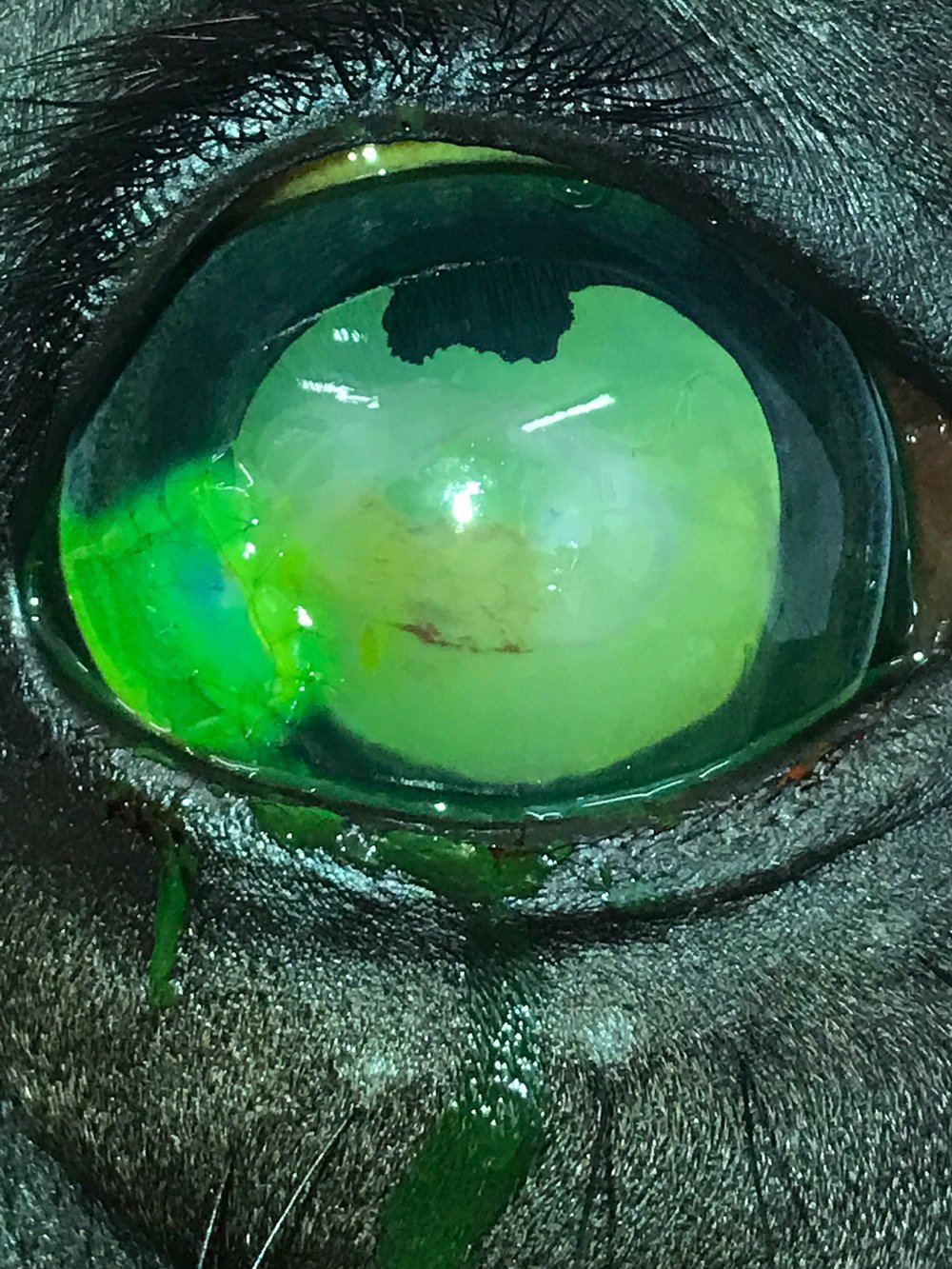 Tim operated on Dan that evening and repaired the corneal perforation using a technique called a sliding graft with cornea harvested from adjacent to the wound.
Tim operated on Dan that evening and repaired the corneal perforation using a technique called a sliding graft with cornea harvested from adjacent to the wound.
Dan remained in the eye clinic for a further week in order to receive hourly medications and daily check ups from Tim.
He made an uneventful recovery and returned to his very happy and relieved owners.
I saw him a few days ago and if you didn’t know about his eye trauma then you wouldn’t be able to tell he’d had surgery as the cornea has healed so well.

